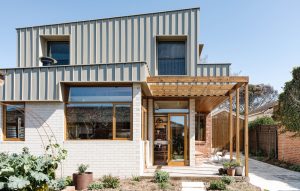How A New Zealand Architect Built His Home For $150,000 (With No Construction Experience!)
Architecture
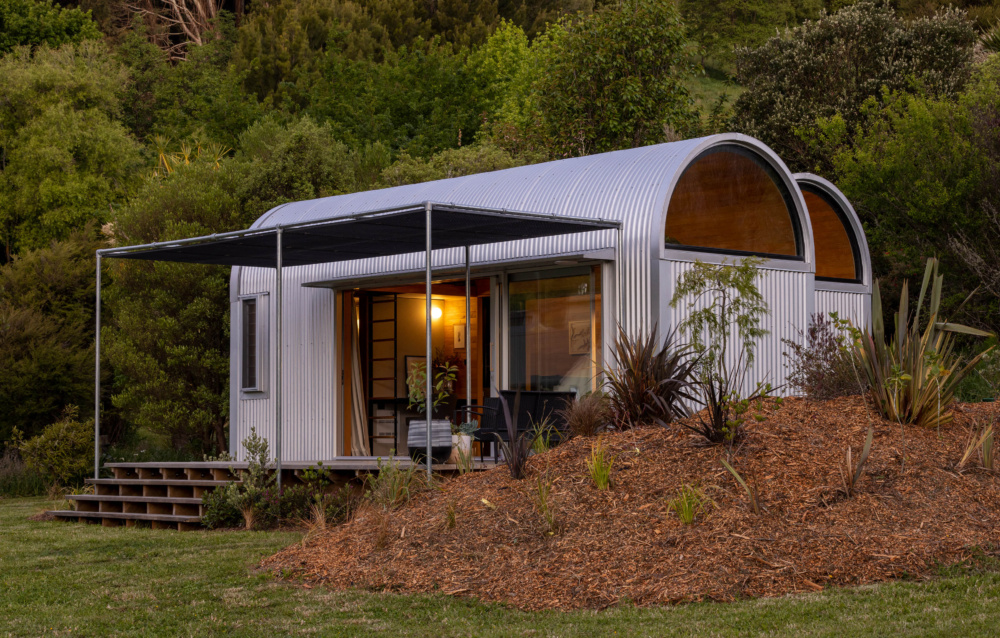
Architect William Samuels and Hannah D’Arcy designed and constructed their own 42 square metre home. Photo – Simon Devitt
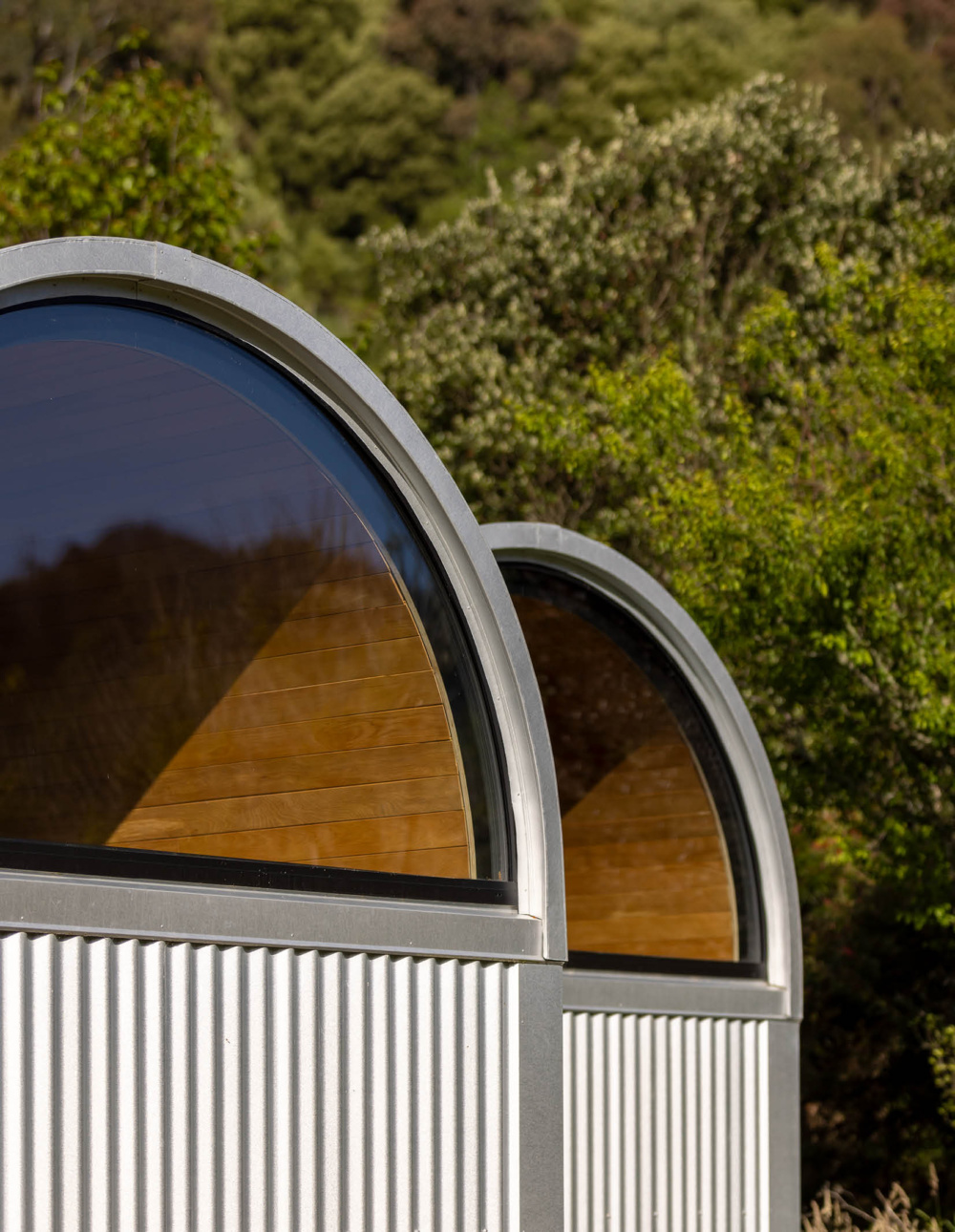
The home is located on leased land in Nelson, on New Zealand’s South Island, and can be relocated as required. Photo – Simon Devitt

Building on leased land required the home to be relocatable should circumstances change. This informed the physical constraints of the house, which needed to be small enough to be readily transportable on local roads. Photo – Simon Devitt
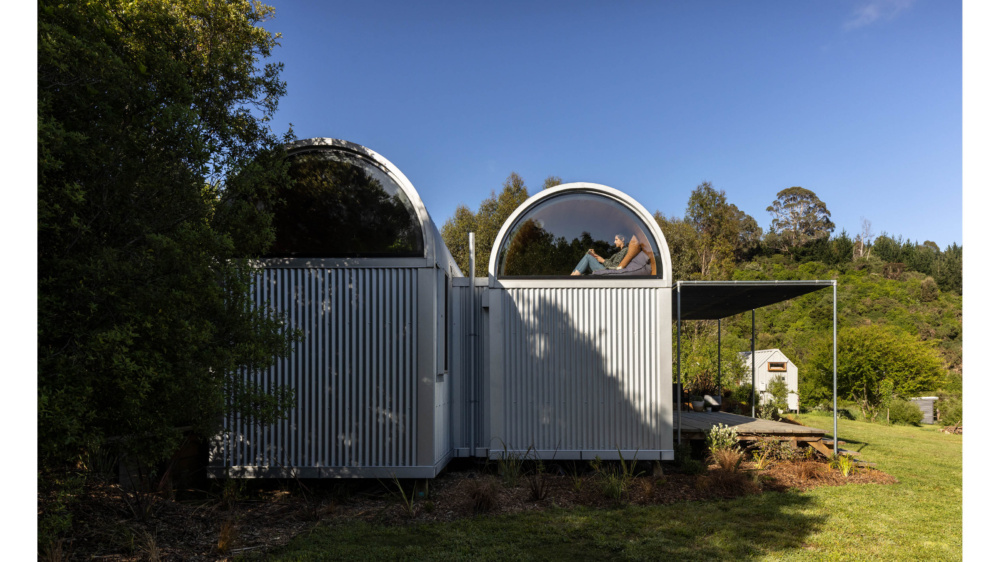
The current iteration of the house comprises two connected modules — one that contains the kitchen study and bathroom with the loft above; and the other with the bedroom and living space. Photo – Simon Devitt
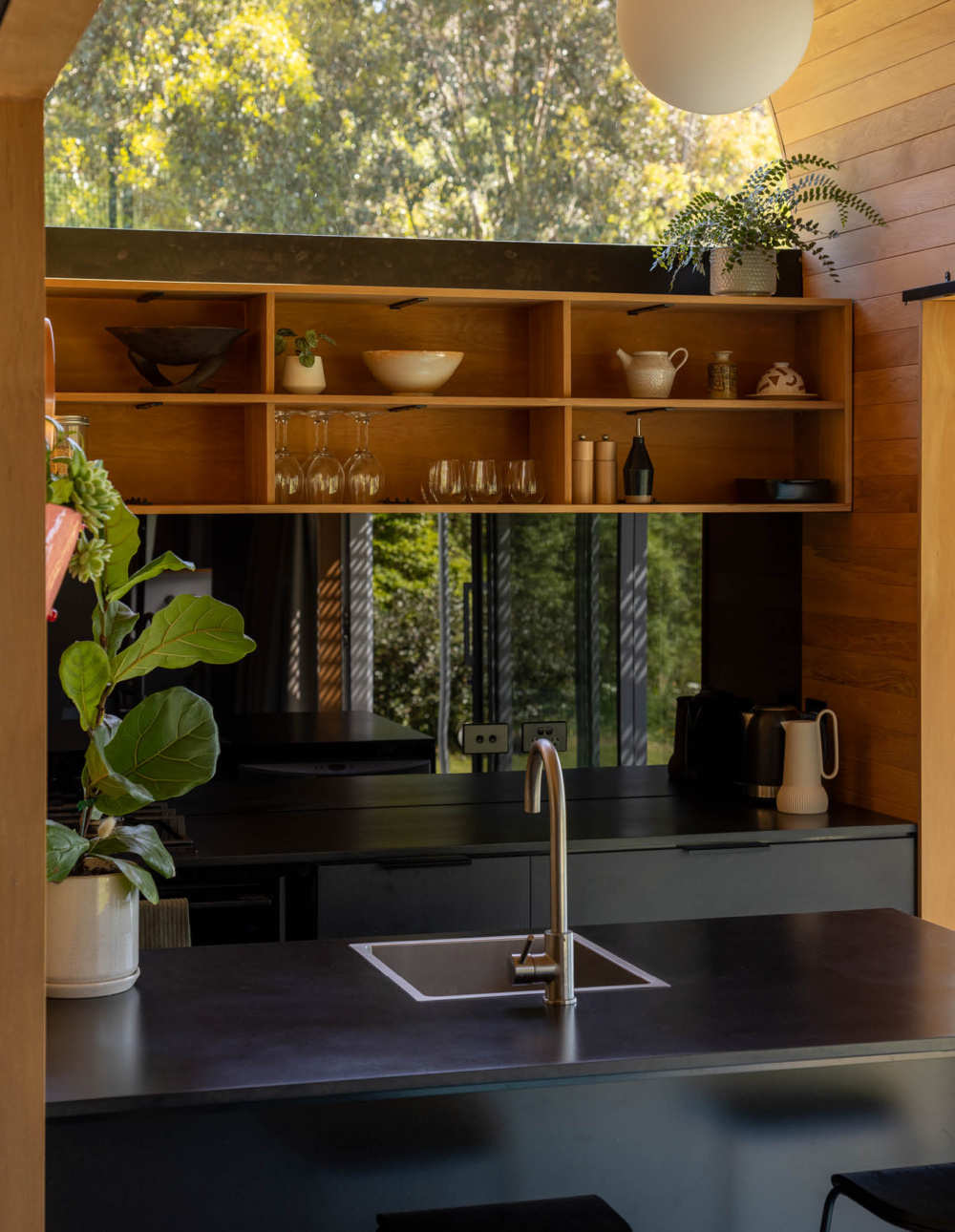
We saved a lot of money with the kitchen by purchasing some cheaper modular carcasses and then building the fronts and bench tops ourselves,’ says William. Photo – Simon Devitt
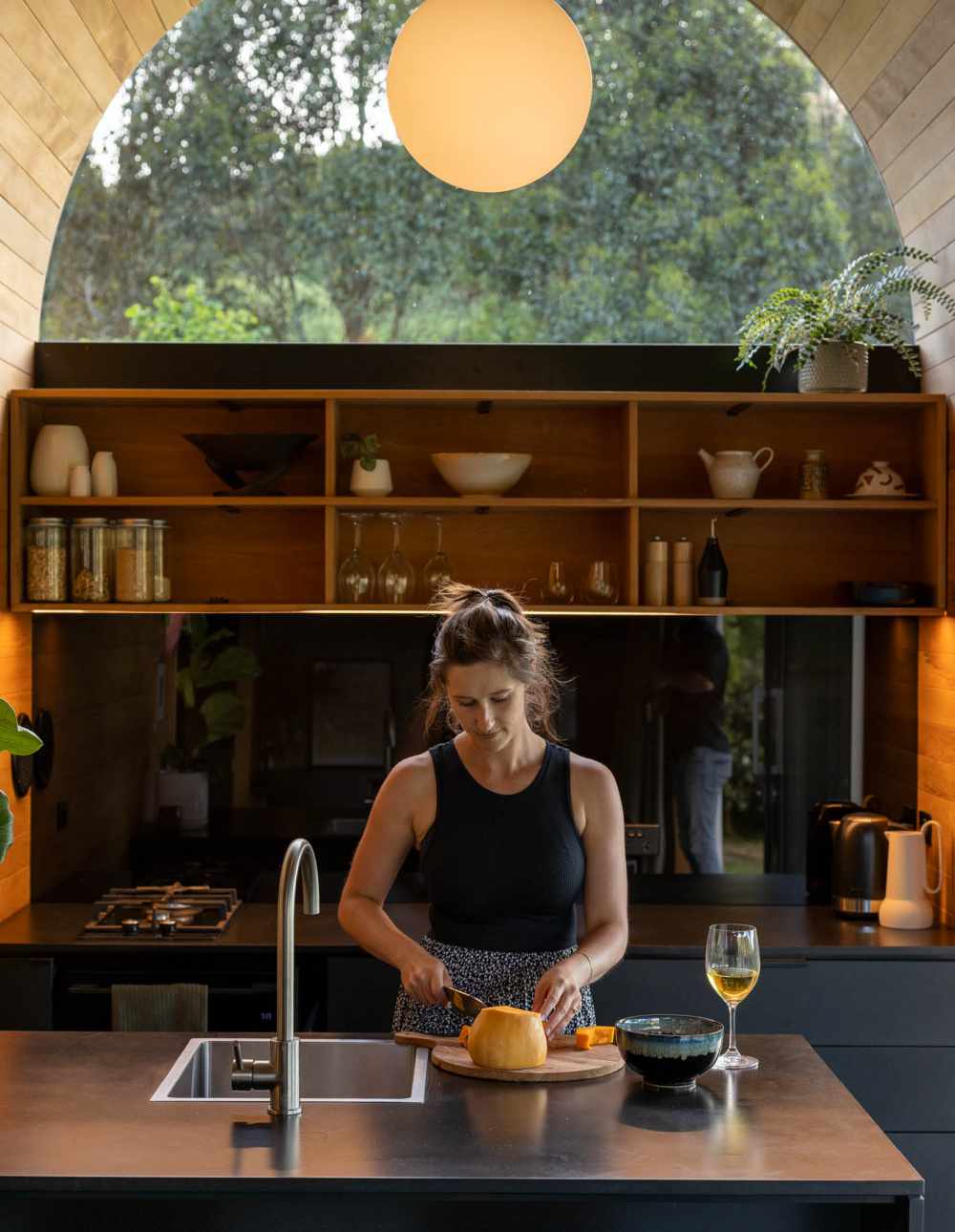
‘We used a moisture resistant black MDF with a clear coat applied over top, which is a very affordable material and creates a striking appearance.’ Photo – Simon Devitt
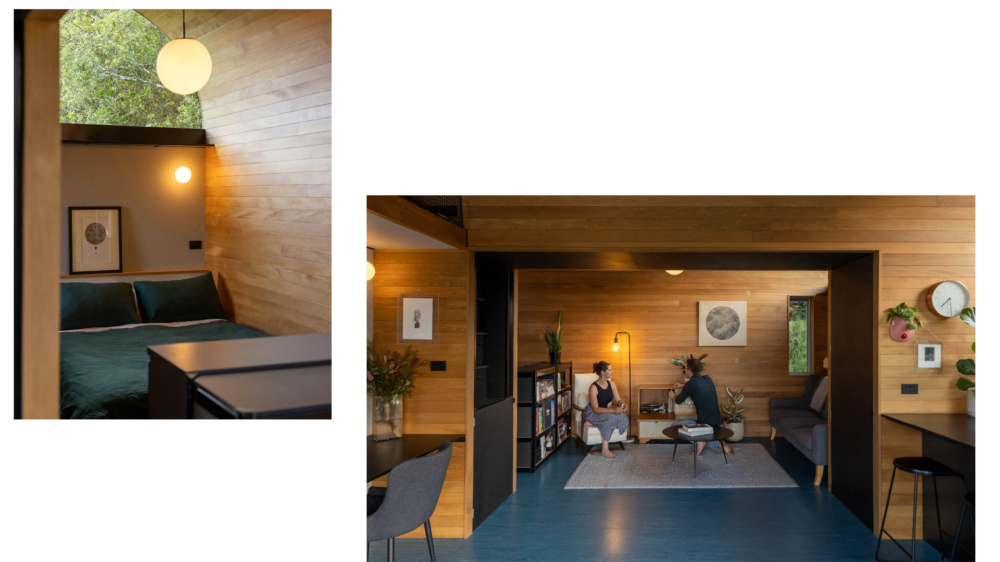
The bedroom and living space are separated by a wall in the second module. Photos – Simon Devitt
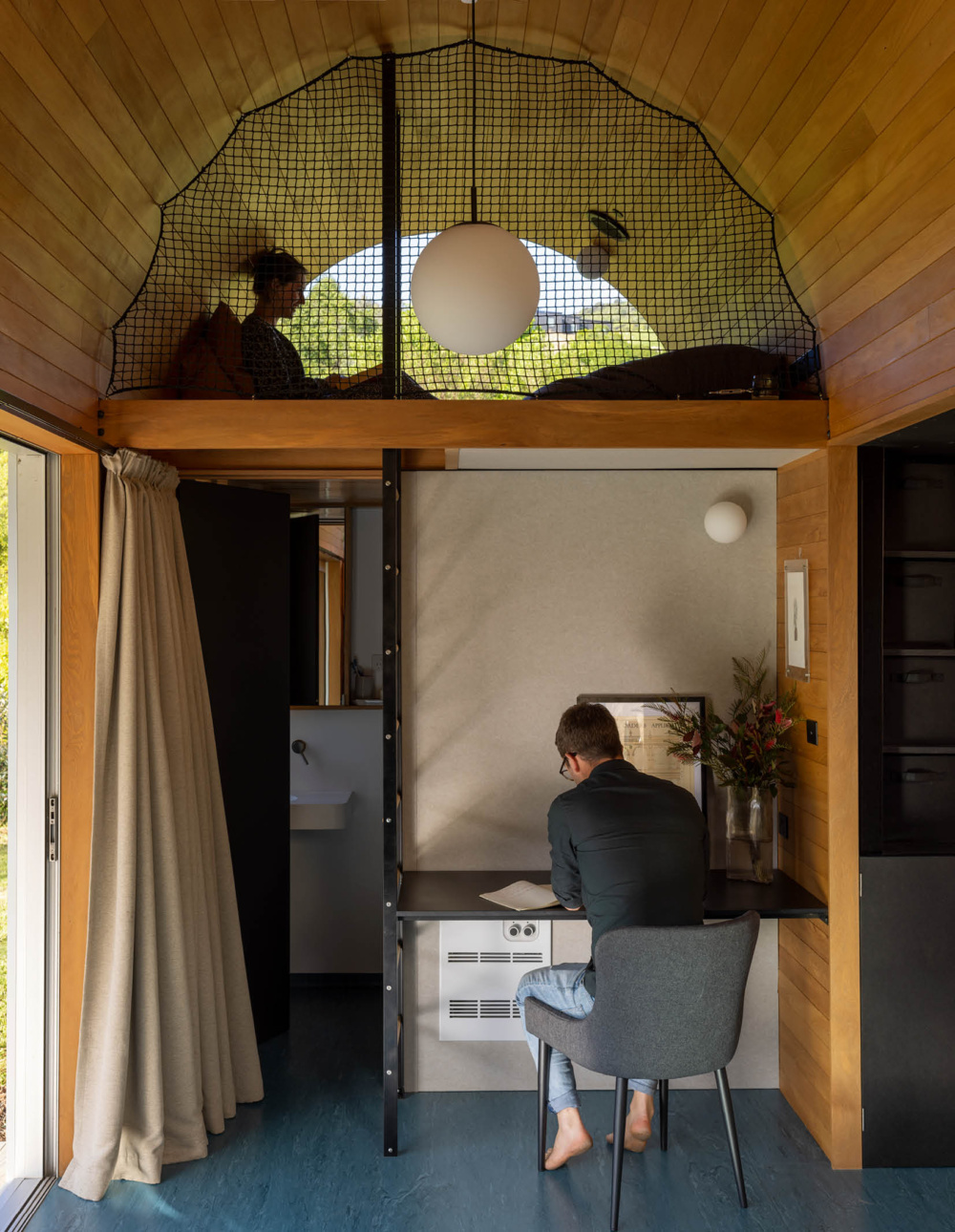
The study area before the bathroom, with the loft area above. Photo – Simon Devitt
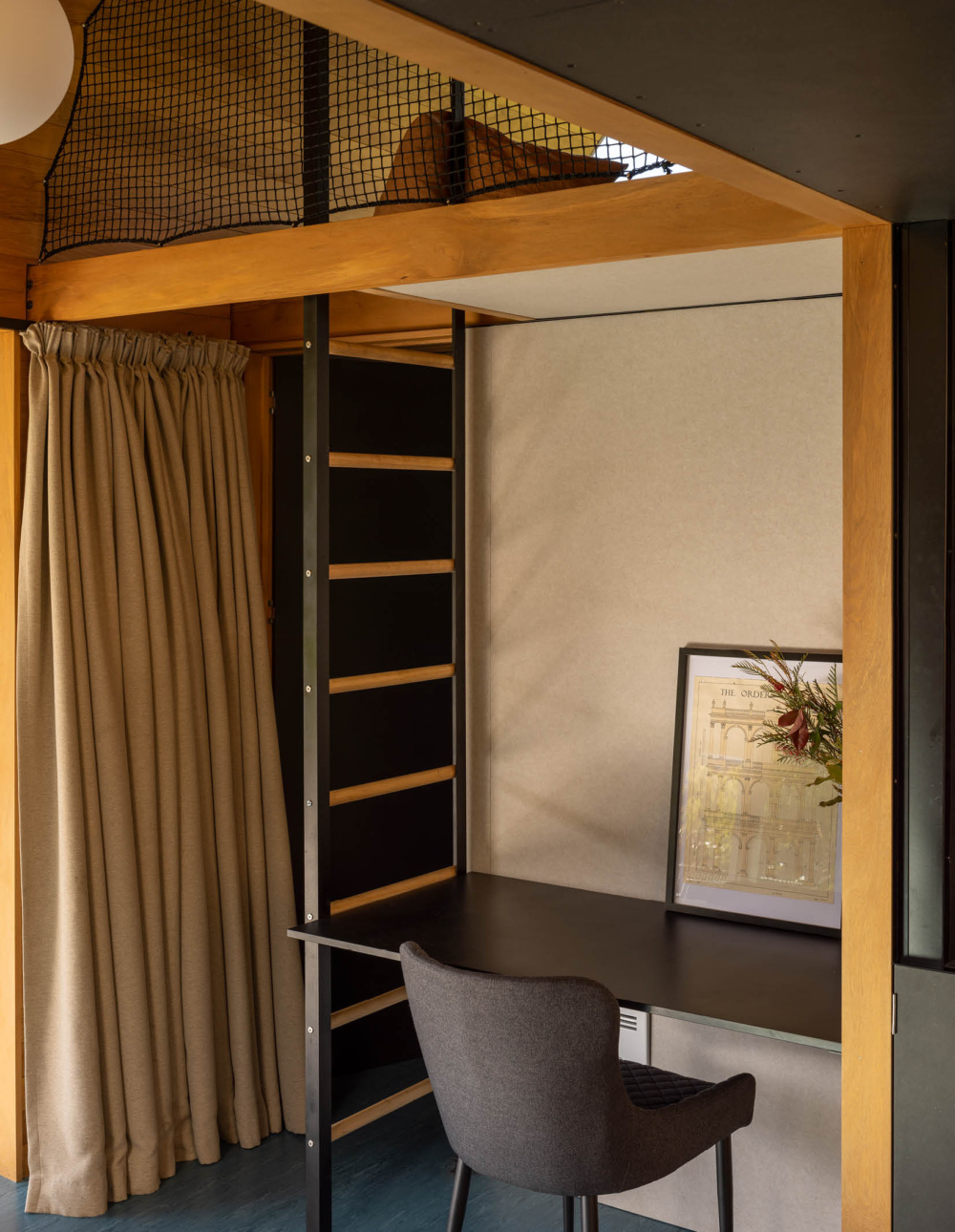
The study nook. Photo – Simon Devitt
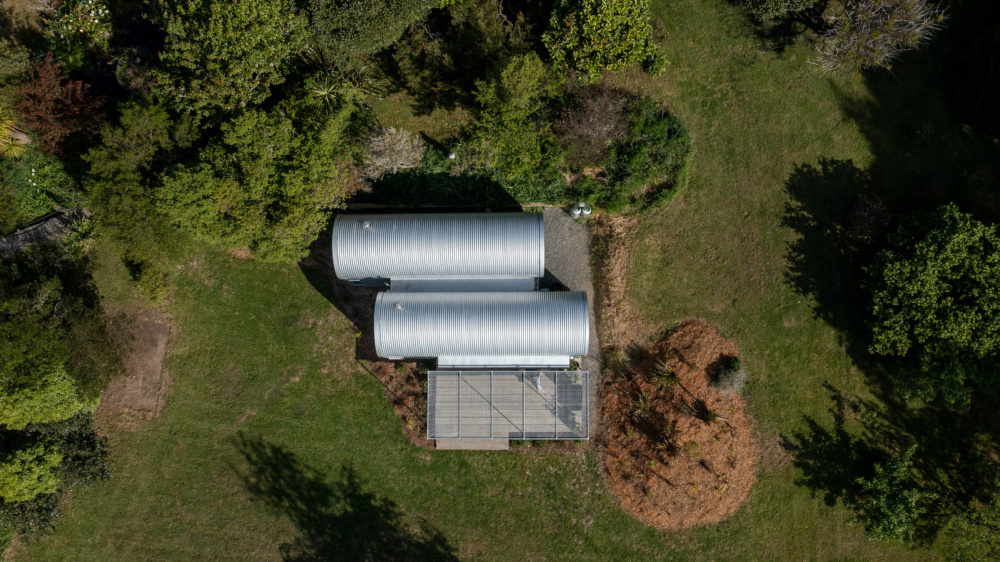
Despite having no construction experience, William and Hannah slowly but surely built their relocatable and expandable 42 square metres house, on budget, over 18 months. Photo – Simon Devitt
When faced with buying in an unaffordable and overinflated housing market, architect William Samuels and his partner Hannah D’Arcy were forced to consider alternative paths to home ownership. ‘To address this, we looked at how to detach the house value from the land value,’ says William.
The answer: leased land. William and Hannah struck up a long-term agreement with a landowner in Nelson, located in New Zealand’s South Island, to rent the land required to host their future home.
Built on a NZD$150,000 (about AUD$140,000) budget, William and Hannah’s resulting home, The Studio House, tackles the issues of housing affordability as well as sustainable design, the liveability of smaller spaces, and adaptable architecture.
Firstly, building on leased land required the home to be relocatable should circumstances change. This informed the physical constraints of the house, which needed to be small enough to be readily transportable on local roads.
‘We developed a series of interconnected modules, which can be removed from their foundations and individually relocated, each of which are within the maximum dimensions of a trailer,’ says William.
The current iteration of the house comprises two connected modules — one that contains the kitchen study and bathroom with the loft above; and the other with the bedroom and living space — that can be disconnected.
‘The connection piece needs to be easily dismantlable, so a lot of work went into designing details that can be disconnected and reconnected in the future as required,’ says William. ‘Most parts are bolted together, and the internal gutter between the modules is formed with a single metal sheet which can be slid out without damaging the integrity of the waterproofing.’
More modules can be added to the home should more bedrooms, workspaces, or other areas be desired in future.
The size limitations of the modules informed the home’s high barrel vaulted ceiling that allows space for a loft while bringing in light and views.
Keeping the home small also allowed reducing the overall project cost. As William explains, ‘If we had tried to maximise our footprint, we would have ended up with a larger house, but one which lacks the quality, character and charm of our home.’
‘Building efficiently within a smaller footprint allowed us to allocate money towards aspects that bring joy to the home, such as the internal lining boards or the barrel vaulted ceiling.’
Remarkably, despite having no construction experience, William and Hannah built the project themselves as owner-builders. They completed the house as time allowed on weekends, with the exception of legally required trades to undertake electrical, plumbing and stormwater works.
‘We also had a specialist carpenter install the wall and ceiling lining boards for us as this is a critical aspect of the design and we wanted to ensure that it met the level of quality that we were after,’ says William.
The couple moved in after 18 months, and spent another year finishing off the interiors and detailing work. They plan to live in the home long term, and will add to its space if required for family living.
‘The house in its present form is by no means the finished entity, rather it is a manifestation of the needs of this moment in time, and is likely to grow and evolve as those needs change. This idea has emerged from a belief that architecture should not be static — that it should be malleable and adapt over time,’ says William.
The couple have been approached by a number of people interested in purchasing their own version of The Studio House, however, William says the current design is too bespoke and experimental to be readily replicated. ‘At some stage we may look at refining the design towards something that could be easily produced for others, but in the meantime our focus is on providing more bespoke architectural services to suit the individual needs of our clients,’he says.
‘For the most part our work is lower cost, small scale projects, so we’re able to apply the ideas and the lessons we learnt on The Studio House to our other design work.’



